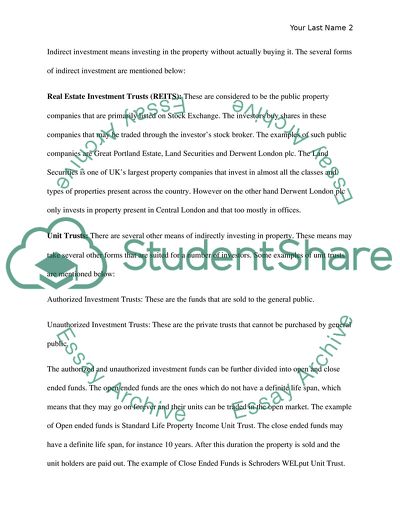Cite this document
(Forms of Indirect Investing Case Study Example | Topics and Well Written Essays - 2250 words, n.d.)
Forms of Indirect Investing Case Study Example | Topics and Well Written Essays - 2250 words. Retrieved from https://studentshare.org/finance-accounting/1671705-1indirect-investing
Forms of Indirect Investing Case Study Example | Topics and Well Written Essays - 2250 words. Retrieved from https://studentshare.org/finance-accounting/1671705-1indirect-investing
(Forms of Indirect Investing Case Study Example | Topics and Well Written Essays - 2250 Words)
Forms of Indirect Investing Case Study Example | Topics and Well Written Essays - 2250 Words. https://studentshare.org/finance-accounting/1671705-1indirect-investing.
Forms of Indirect Investing Case Study Example | Topics and Well Written Essays - 2250 Words. https://studentshare.org/finance-accounting/1671705-1indirect-investing.
“Forms of Indirect Investing Case Study Example | Topics and Well Written Essays - 2250 Words”, n.d. https://studentshare.org/finance-accounting/1671705-1indirect-investing.


